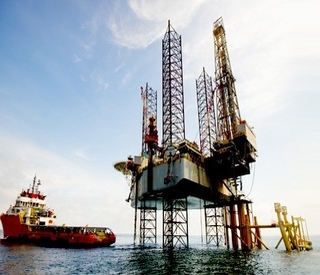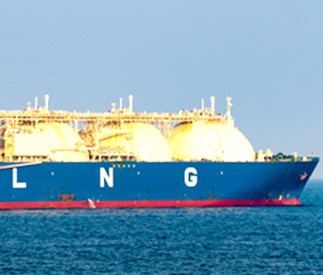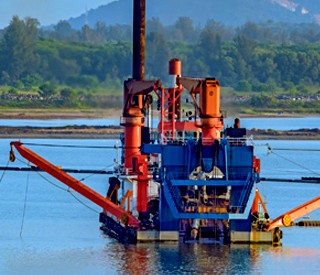The possibilities of Computational Fluid Dynamics (CFD) are infinite. So when we achieved numerical simulation of turning circle maneuver in shallow water for a client using CFD, it was a big feather added to our innovative cap.
The problem: Finding shallow water data cost-effectively in less time
As per IMO Resolution A601 (15), the maneuvering information provided onboard and available to navigators, should include the maneuvering characteristics of the vessel in both deep water and shallow water conditions. Our client, a leading ship management company, already had the deep water maneuvering characteristics for 4 chemical/product carriers, but the vessels but lacked the shallow water data or shallow water turning circle. The client wanted to avoid carrying out full scale shallow water trials or model tests – as these were neither cost-effective nor time-saving.
Rule requirements as per IMO Resolution 601 (15), Appendix 3
Manoeuvring characteristics in shallow water, and turning circle in shallow water (estimated) - turning circle should be in full load condition, initial speed of the vessel should be half ahead, times and speeds at 900, 1800, 2700 and 3600 turning should be specifically shown, together with an outline of the ship and the rudder angle should be maximum and the water depth to draft ratio should be 1.2.
The solution: Generating shallow water turning circle of vessels through CFD simulations
Vedam stepped in with a cost effective solution where we generated the shallow water turning circle of the vessels by means of CFD simulations, while meeting the ITTC guideline requirements. What's more, their full scale shallow water physical trials were bypassed as we established a new arrangement pattern following shipbuilding standards.
Here is an outline of how this was achieved:
Modelling - For numerical prediction of planar motion mechanism based (PMM) hydrodynamic derivatives, CFD analysis was carried out using a model of scale 1:10. Hull geometry including rudder was modelled.
- 3D hull form model

- Stern region 3D model

- Bow region 3D model

Simulations - PMM oscillations were simulated using a Reynolds Averaged Naiver-Stokes (RANS) equation based CFD solver for shallow water conditions of h/T=1.2 and with an inflow velocity equivalent to half the vessels service speed, as prescribed. Forces and moments obtained from PMM oscillations were used to estimate the hydrodynamic derivatives. Standard 350 turning circle test was simulated by solving the manoeuvring equations of motion. Rudder and propeller forces were estimated using empirical relations.
CFD domain dimensions:


Adherence to prescribed rules - The mathematical model used was based on the Manoeuvring Modelling Group (MMG) model described in the Bulletin of Society of Naval Architecture of Japan in 1977. The PMM tests were done in three modes of oscillation, pure sway, pure yaw and combined sway & yaw. The oscillation frequency in different modes were based on ITTC recommendations.
CFD model:




Wall y+ around the hull
Equations - Time history of surge force, sway force and yaw moments acting at the center of gravity of the vessel for all the three modes of PMM motion were determined. These hydrodynamic forces and moments were fitted with Fourier series and the hydrodynamic derivatives were found out by equating the Fourier coefficients with the corresponding derivatives appearing in the mathematical model.
Estimated derivatives along with rudder and propeller forces were input into the equations of motion and are solved numerically to get the vessel turning trajectory for 350 rudder angle.
Turning trajectory of the vessel for 350 rudder angle:

Vessel speed reduction in turning:

Speed loss in turning manoeuvre:

In Conclusion
Utilizing the highest computing and technology power, we provided our client with cost effective and time saving solution by generating shallow water turning circle of the vessels. The tradition of innovation at Vedam continues.

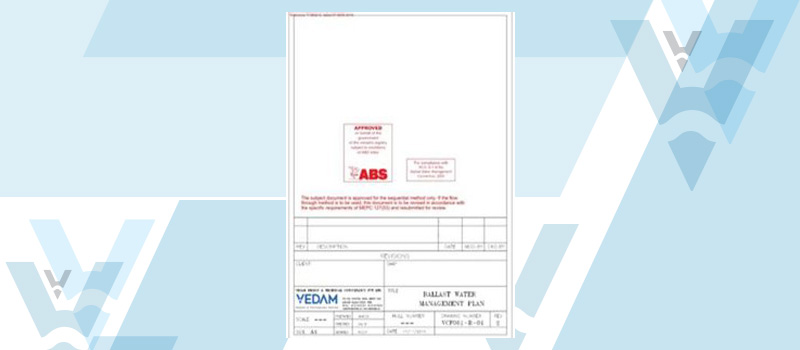
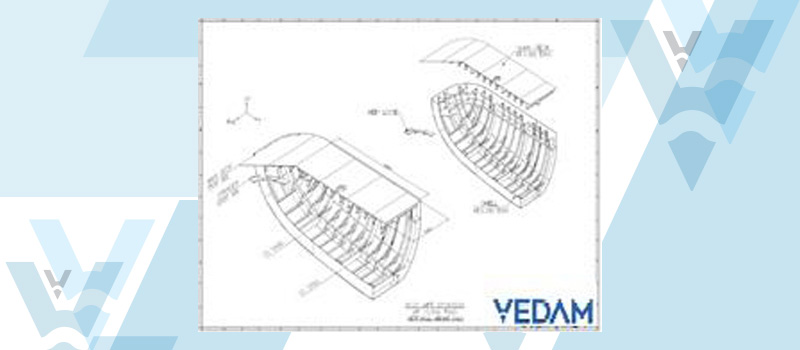
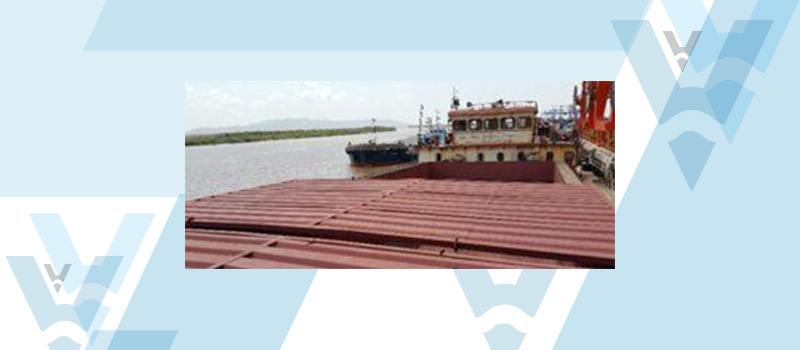
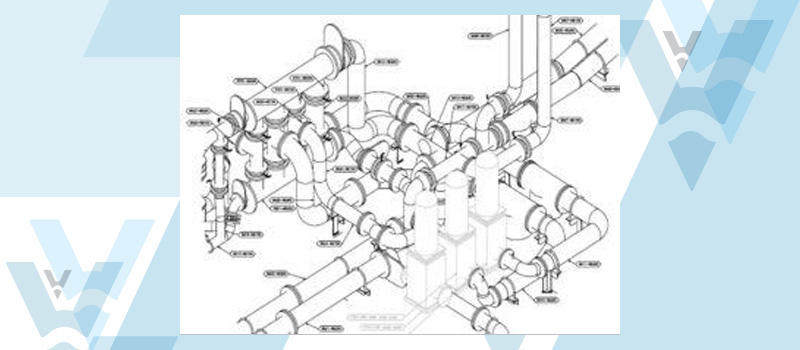
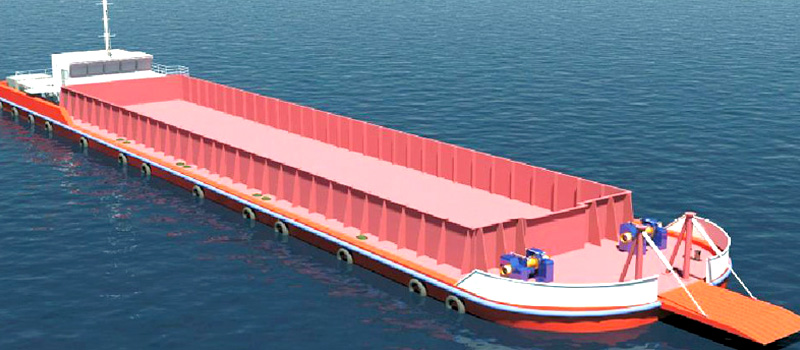
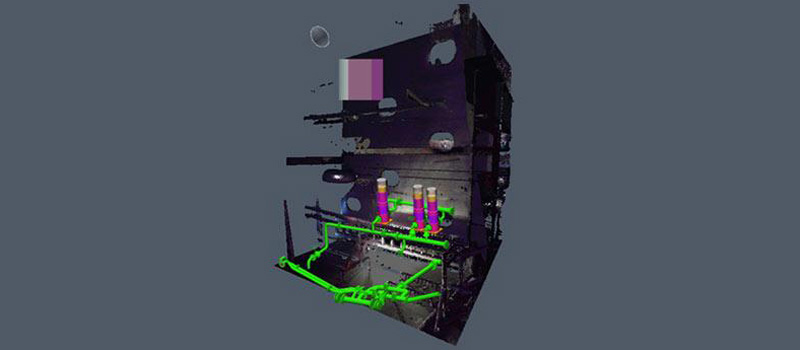
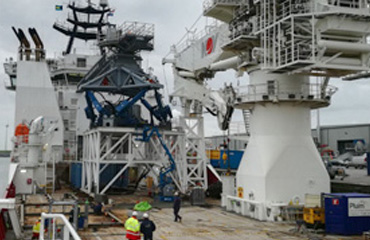
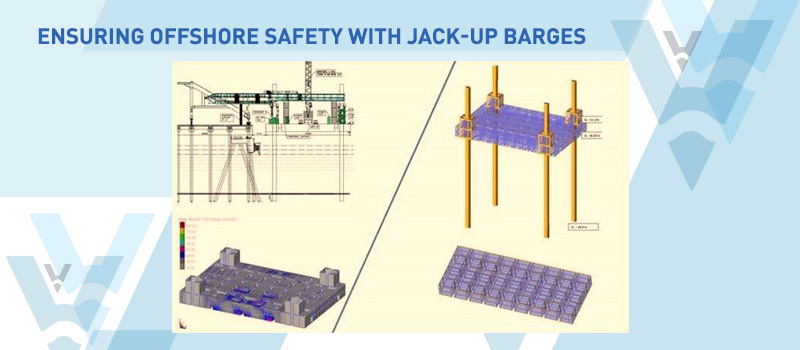
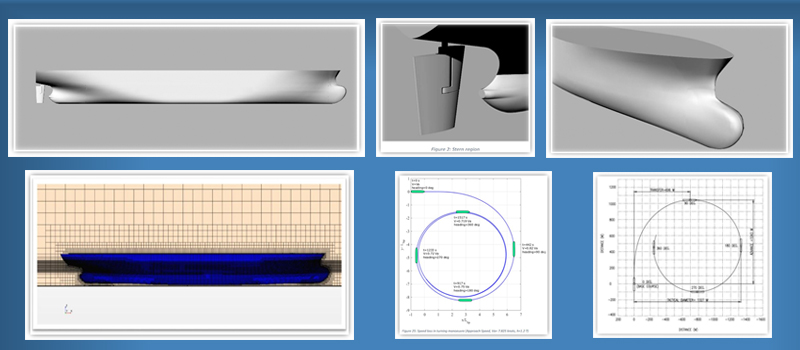
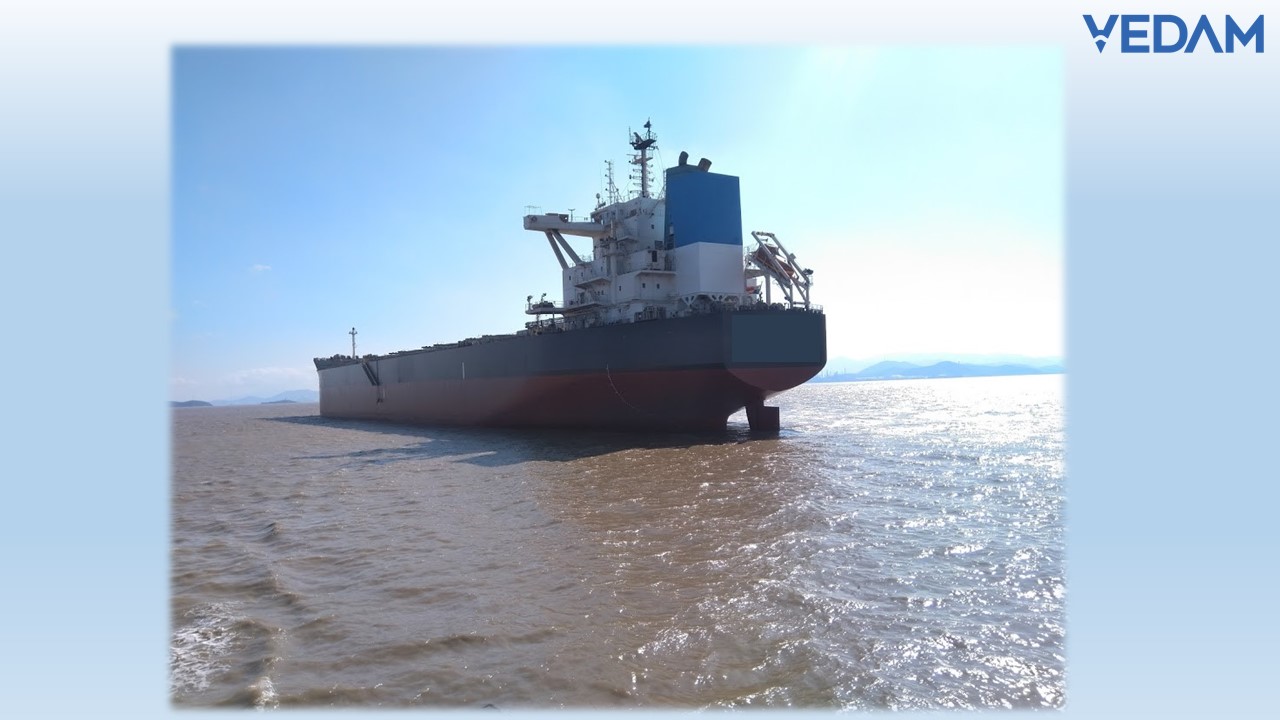
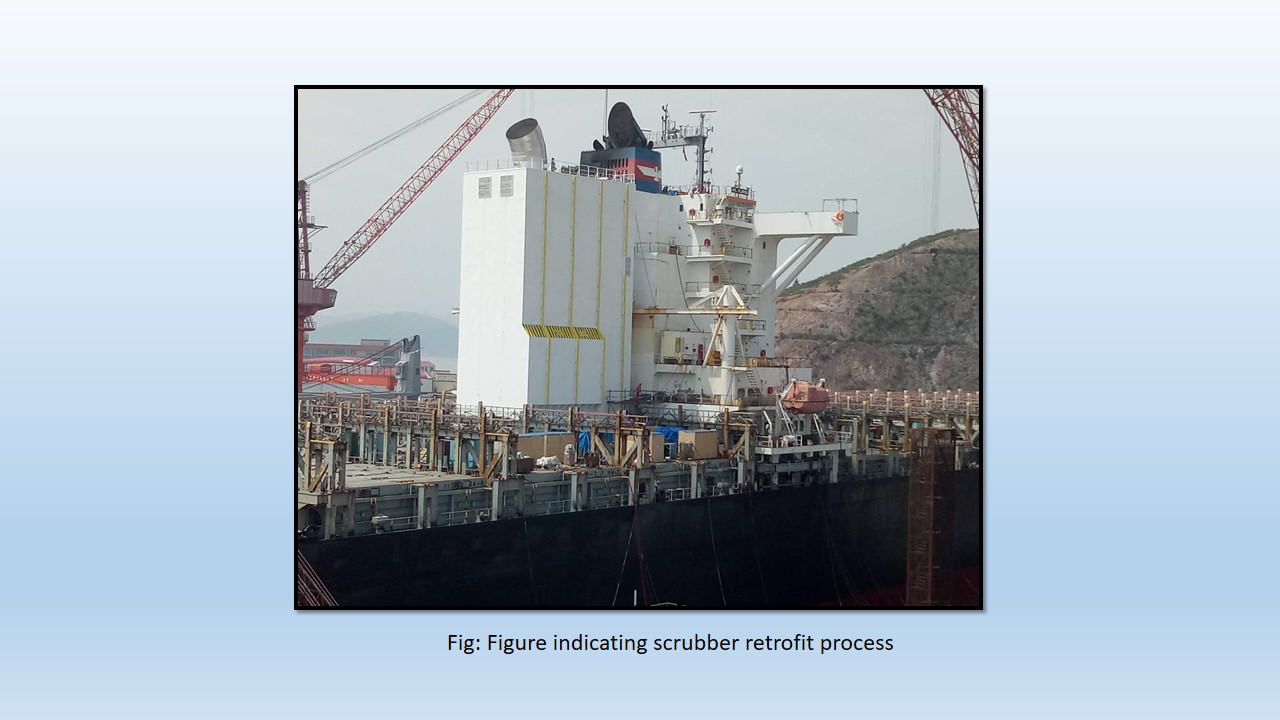
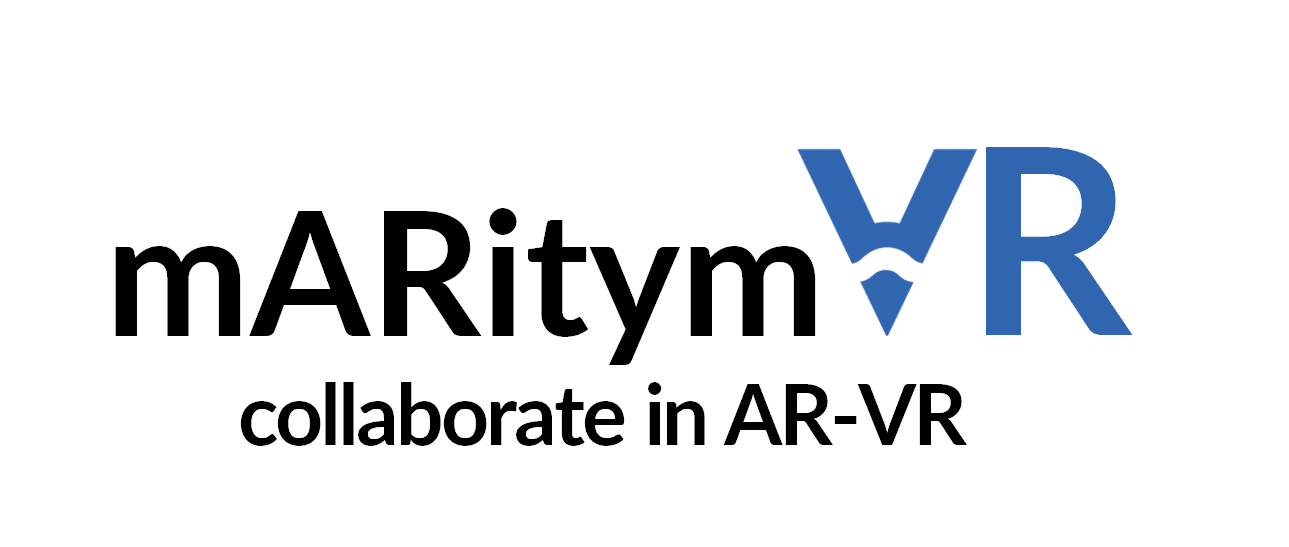
.png)
.png)
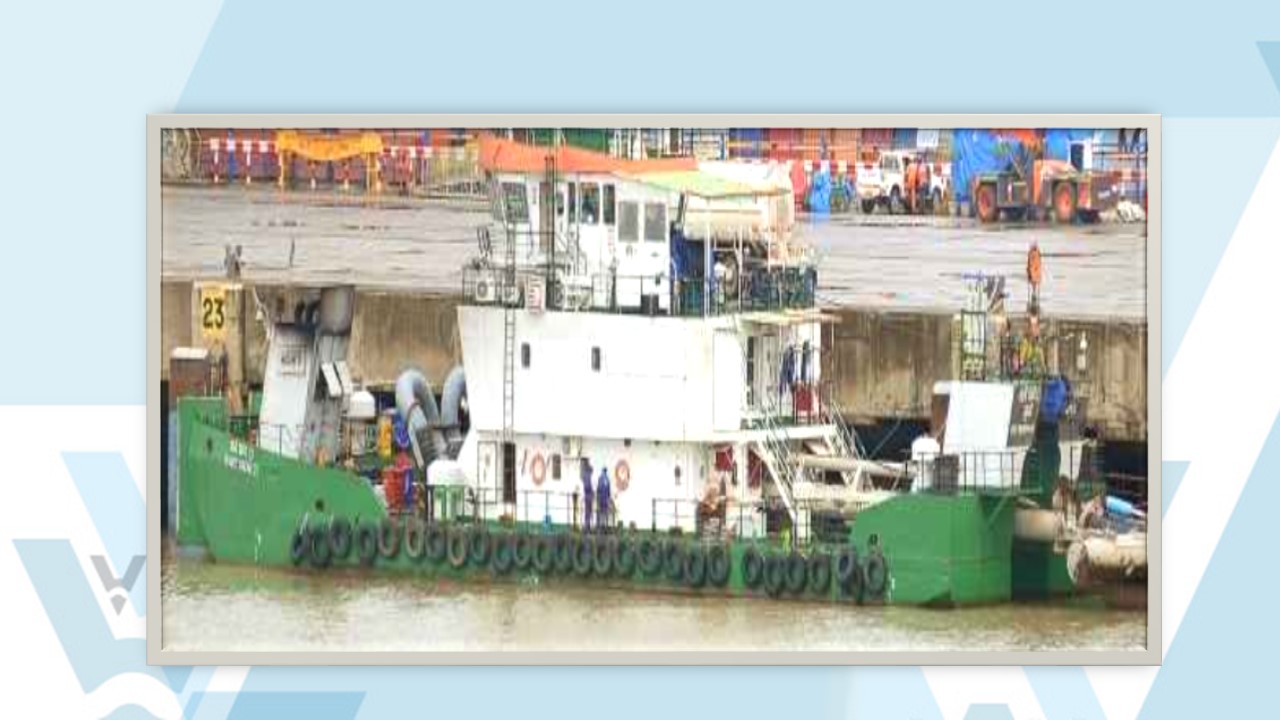
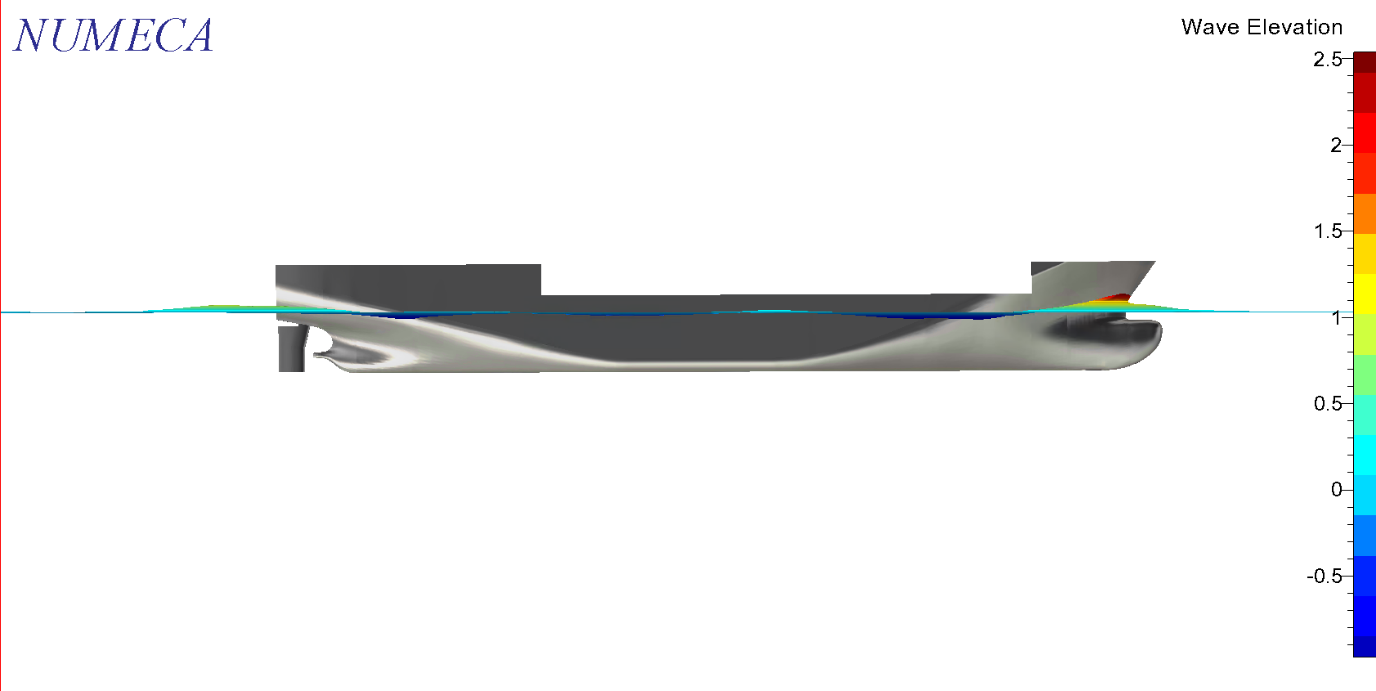


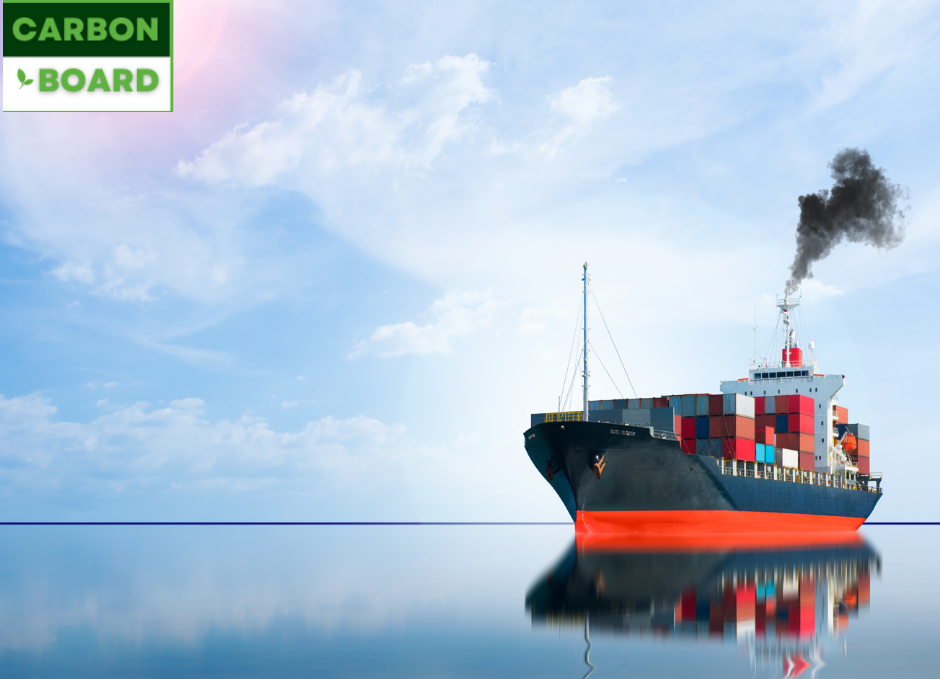


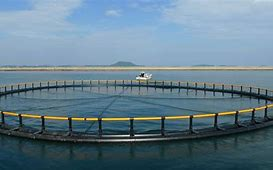
.png)
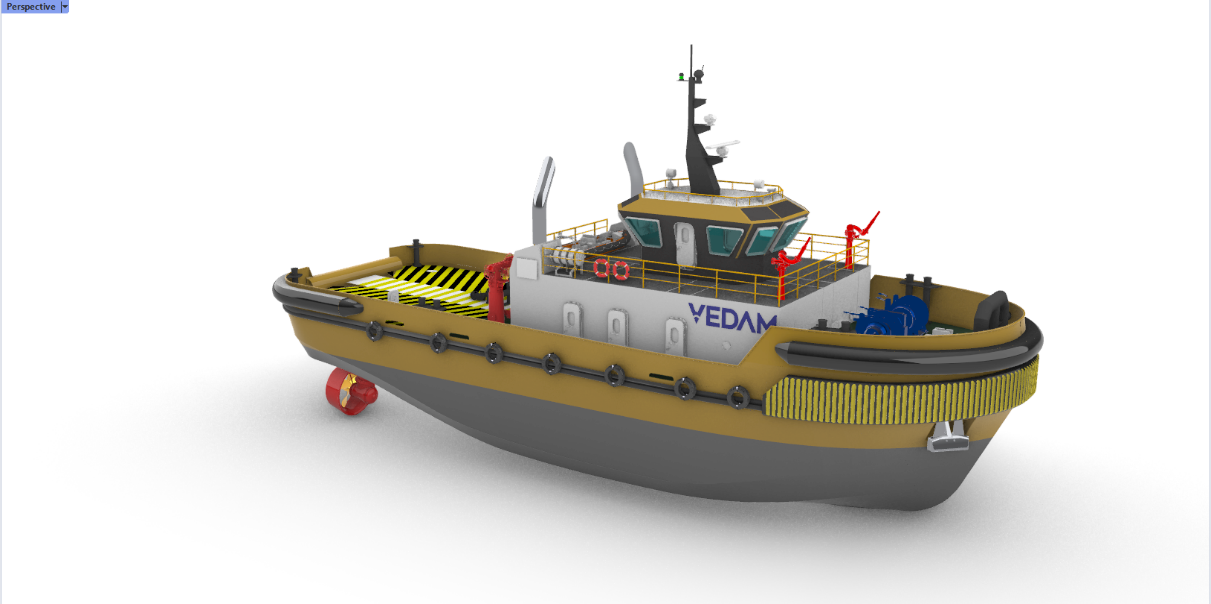
.png)
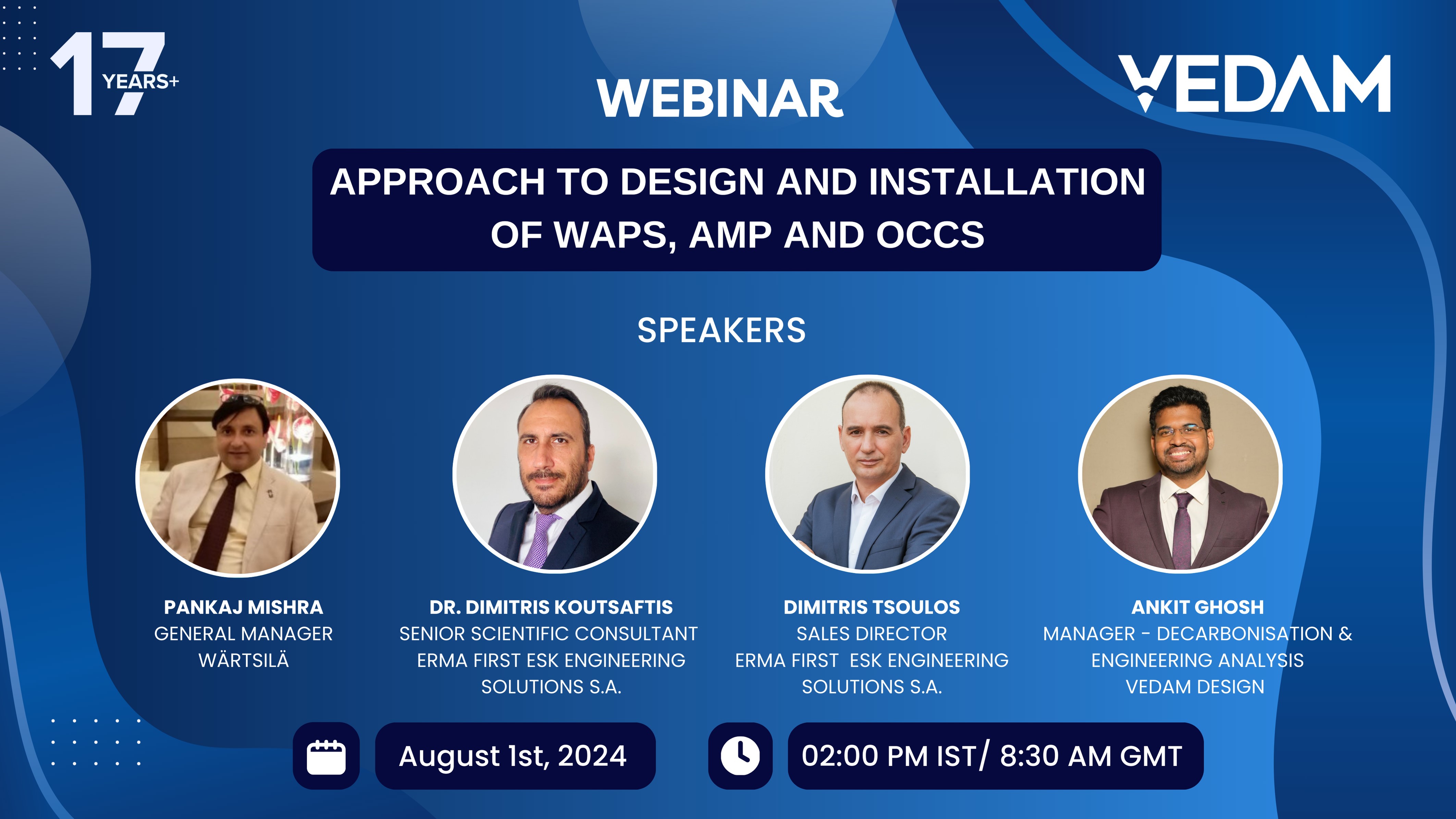
.jpg)

.jpg)
